Do Caladiums Bloom: What Is The Flower-Like Bud On Caladium Plant


Caladiums are tropical to sub-tropical plants grown mainly for their exquisite, colorful leaves. These foliage plants occasionally have a surprise up their metaphorical sleeve. Blooming on caladium plants isn’t common, but tubers planted in favorable locations tend to produce small flowers. These inflorescences aren’t as impactful as a rose or dahlia but have their own charm and, sometimes, a strong pleasant scent. There are several schools of thought on what to do with caladium flowers. While some growers believe pinching them off helps force energy to the tubers, others leave the small blooms with no ill effect on the plant.
Do Caladiums Bloom?
Big tropical looking foliage, deeply veined leaves, and an array of colors characterize caladiums. These plants in the Araceae family are classed as blooming plants. Do caladiums bloom though? Mature plants do develop a flower-like bud. This is a small spathe, a type of inflorescence found in the Aroid class of plants. The spathe is a far cry from what we usually deem as flowers, lacking petals and most other features of a typical bloom. They do have an interesting structure and are the reproductive system of the plant. There is no shortage of forms of caladium, as there are over 1,000 cultivars on the market. That being said, there are two types of caladium commonly grown.
- The “strap” or “lance” form has slender leaves, a compact habit and thick foliage.
- “Fancy Leaf” types have much larger leaves but bear a limited number. The leaves are so large that the low foliage count is not an issue and the arrow to heart-shaped foliage soars above the thick stems.
Caladiums are shade-loving plants and tend to burn in full sun locations. They need well-drained soil and should be lifted in winter in most zones. As a South American plant, caladiums need warm temperatures and will become dormant as cool seasonal air arrives. You should dust off the soil and store tubers in a mesh bag or pair of panty hose in a dry location where temperatures are at least 60 degrees F. (15 C.).
Caladium Flower Information
Hardly anyone is going to purchase caladium for their flowers but they do produce an interesting bloom from larger tubers. As previously stated, the flower-like bud on a caladium is a spathe, which is a small modified leaf that sheathes the inner reproductive organs. Inside the curved spathe is a spadix. This is a rigid structure that holds the sexual organs of the plant. The whole effect isn’t what one might call pretty but it is an interesting plant adaptation and one worth noting. In some species, such as calla lilies, the spathe/spadix is a magnificent form and considered the most attractive feature of the plant. In caladiums, the inflorescences are small, green to green yellow, and generally considered unattractive. Blooming on caladium plants may take a few years to observe and, even then, you must part the leaves for a good look at these small flowers.
What to Do With Caladium Flowers
Caladiums spring from tubers, underground storage structures. These are similar to a swollen root and hold a cache of carbohydrate and embryonic material. The leaves gather solar energy and excess is stored in the tubers to help fuel the development of more leaves. There is some speculation that the flowers rob the plant of energy, which it should be storing for future growth. In that regard, the flowers are usually cut off the plant. There actually is no evidence, however, that the plant will perform poorly if flowers are left to bloom. Many inflorescences smell delightful and spread a tangy citrus scent around the area. The flowers are so small that they are certainly not detractors to the beauty of the foliage, so leaving them on should have no effect whatsoever.
Gardening tips, videos, info and more delivered right to your inbox!
Sign up for the Gardening Know How newsletter today and receive a free copy of our e-book "How to Grow Delicious Tomatoes".

Bonnie Grant is a professional landscaper with a Certification in Urban Gardening. She has been gardening and writing for 15 years. A former professional chef, she has a passion for edible landscaping.
-
 Looking For Plants To Give You The Soft And Fuzzies? Try These 5 Fuzzy Leaf Plant Options
Looking For Plants To Give You The Soft And Fuzzies? Try These 5 Fuzzy Leaf Plant OptionsLovers of texture, drama, silver foliage and tactile plants will adore these special sensory garden additions. These fuzzy leaf plant options will leave you all aglow
By Susan Albert
-
 Get Ready For A Summer Of Hummers! Grow These Full Sun Hummingbird Plants and Flowers
Get Ready For A Summer Of Hummers! Grow These Full Sun Hummingbird Plants and FlowersIf you’re lucky enough to enjoy a sunny backyard, make sure you are maxing out on your pollinator opportunities and grow these full sun hummingbird plants and flowers
By Tonya Barnett
-
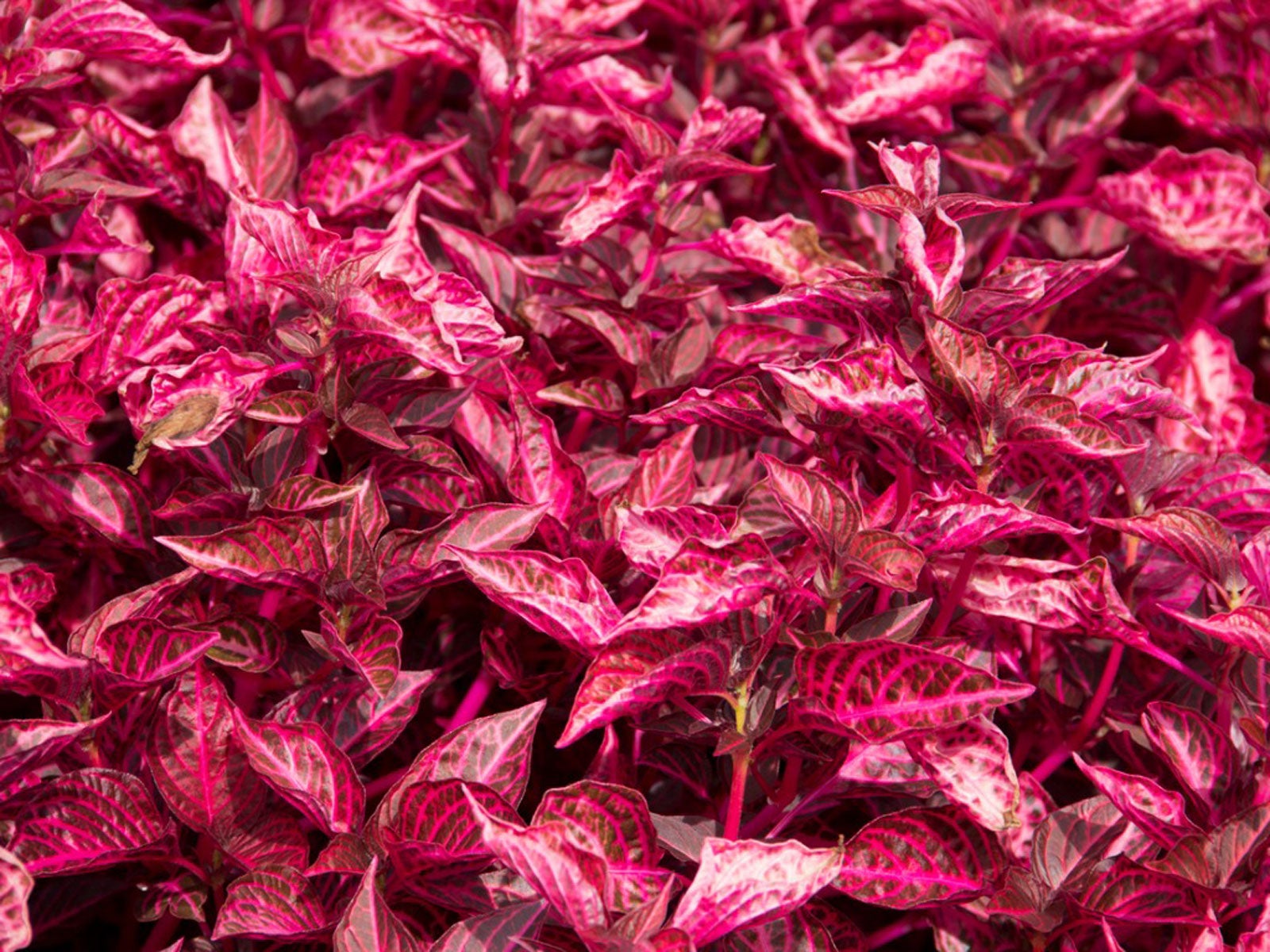 What Is A Strap Leaf Caladium: Growing Strap Leaf Caladium Bulbs
What Is A Strap Leaf Caladium: Growing Strap Leaf Caladium BulbsCaladium foliage is celebrated by the warm-climate gardener as well as houseplant enthusiasts from all climates. Click here for more info.
By Mary Ellen Ellis
-
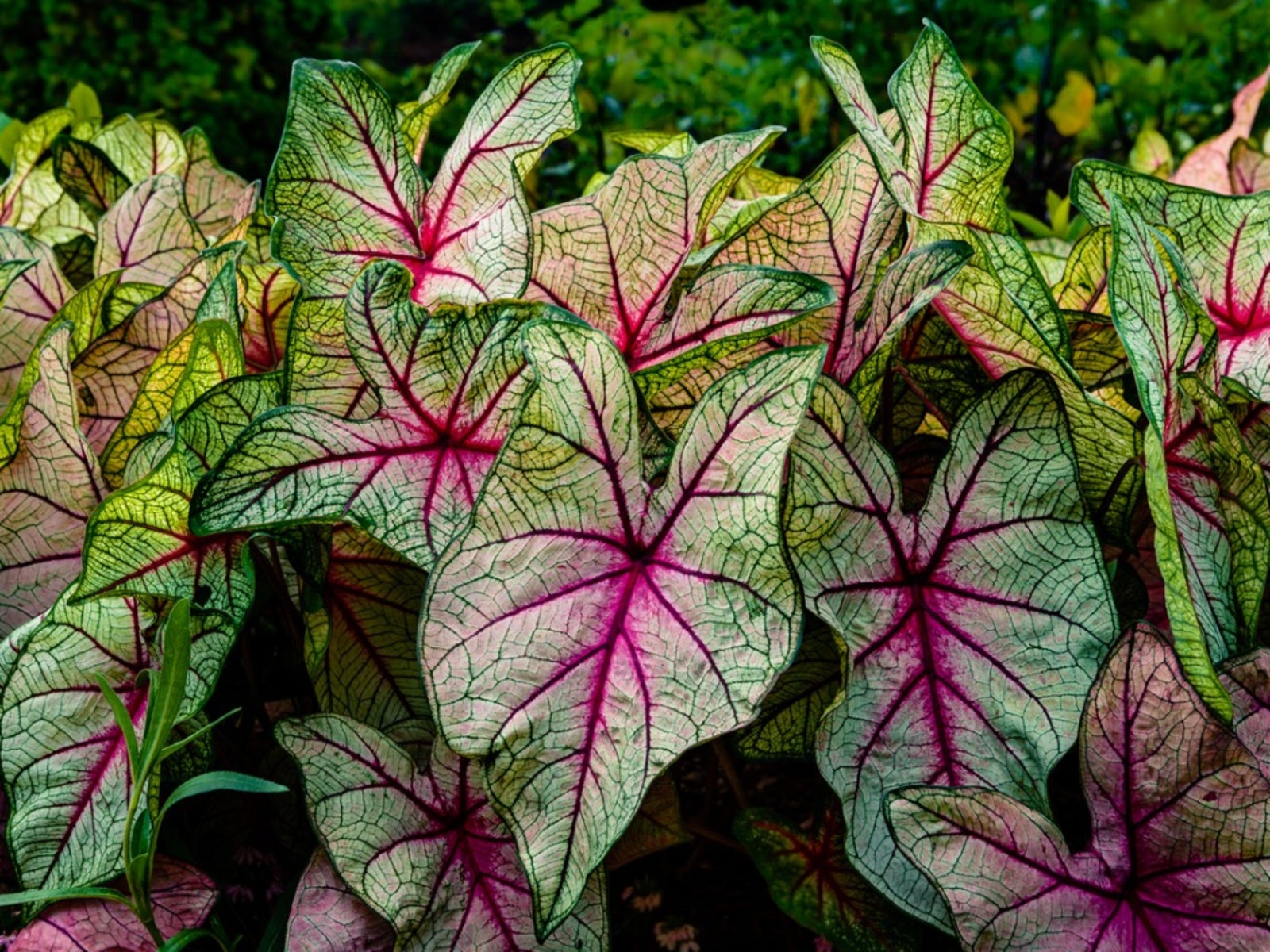 Caladium Plant Problems – Caladium Plant Pests And Disease
Caladium Plant Problems – Caladium Plant Pests And DiseaseCaladium plants are very popular houseplants but they are not without their share of caladium plant problems. Click on the following article to learn about caladium plant pests and other problems with caladium.
By Teo Spengler
-
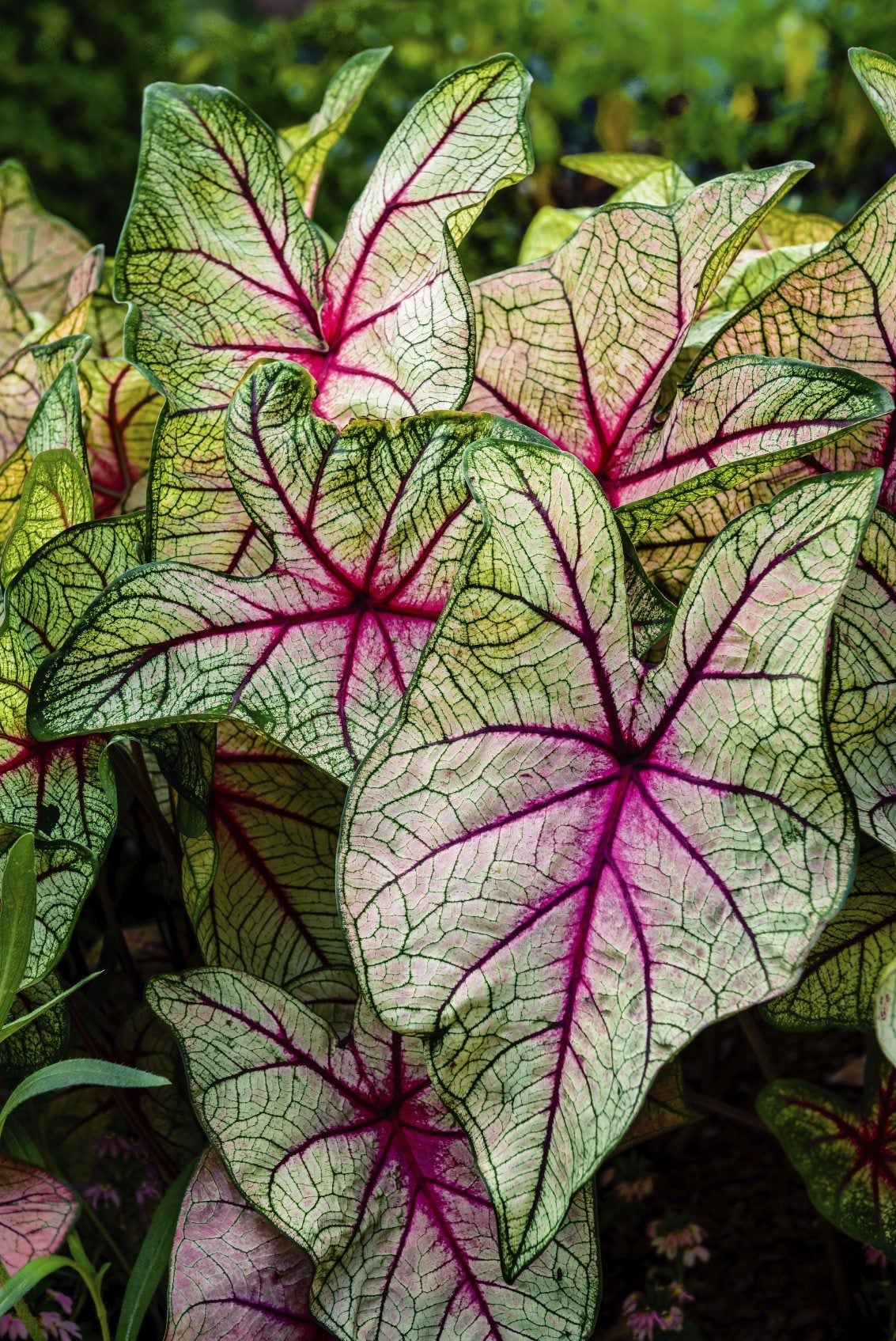 Winter Care For Caladiums – Learn About Caladium Care In Winter
Winter Care For Caladiums – Learn About Caladium Care In WinterCaladium is native to South America. Because of this, it is used to hot temperatures and needs special treatment during winter in cooler climates. Learn more about storing caladium bulbs and how to care for caladium bulbs overwinter here.
By Liz Baessler
-
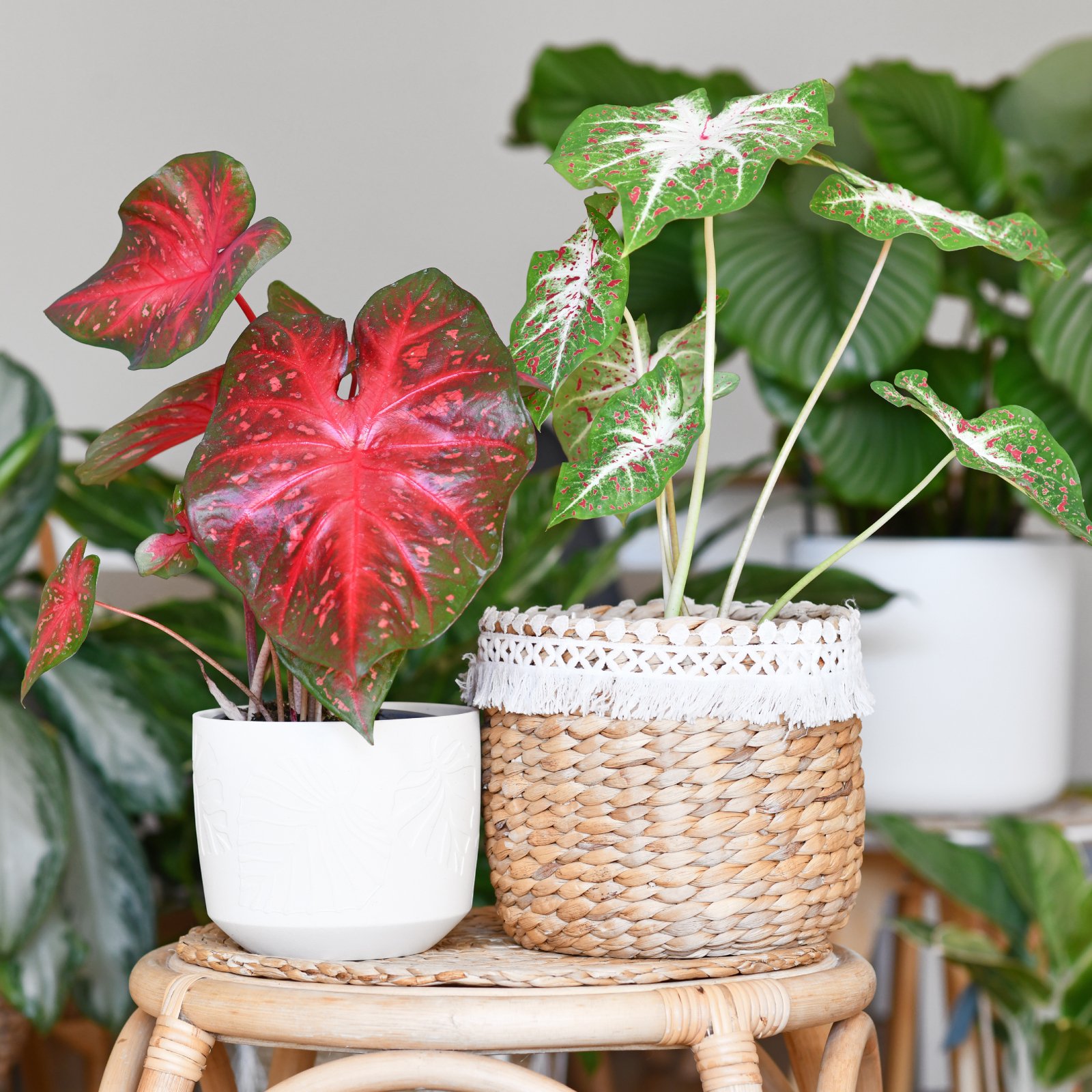 How To Grow Caladiums Indoors: The Ultimate Care Guide
How To Grow Caladiums Indoors: The Ultimate Care GuideGrowing a caladium indoors is a treat for devoted houseplant parents. With its colorful leaves and indirect light needs, a caladium is a lovely indoor addition.
By Tonya Barnett
-
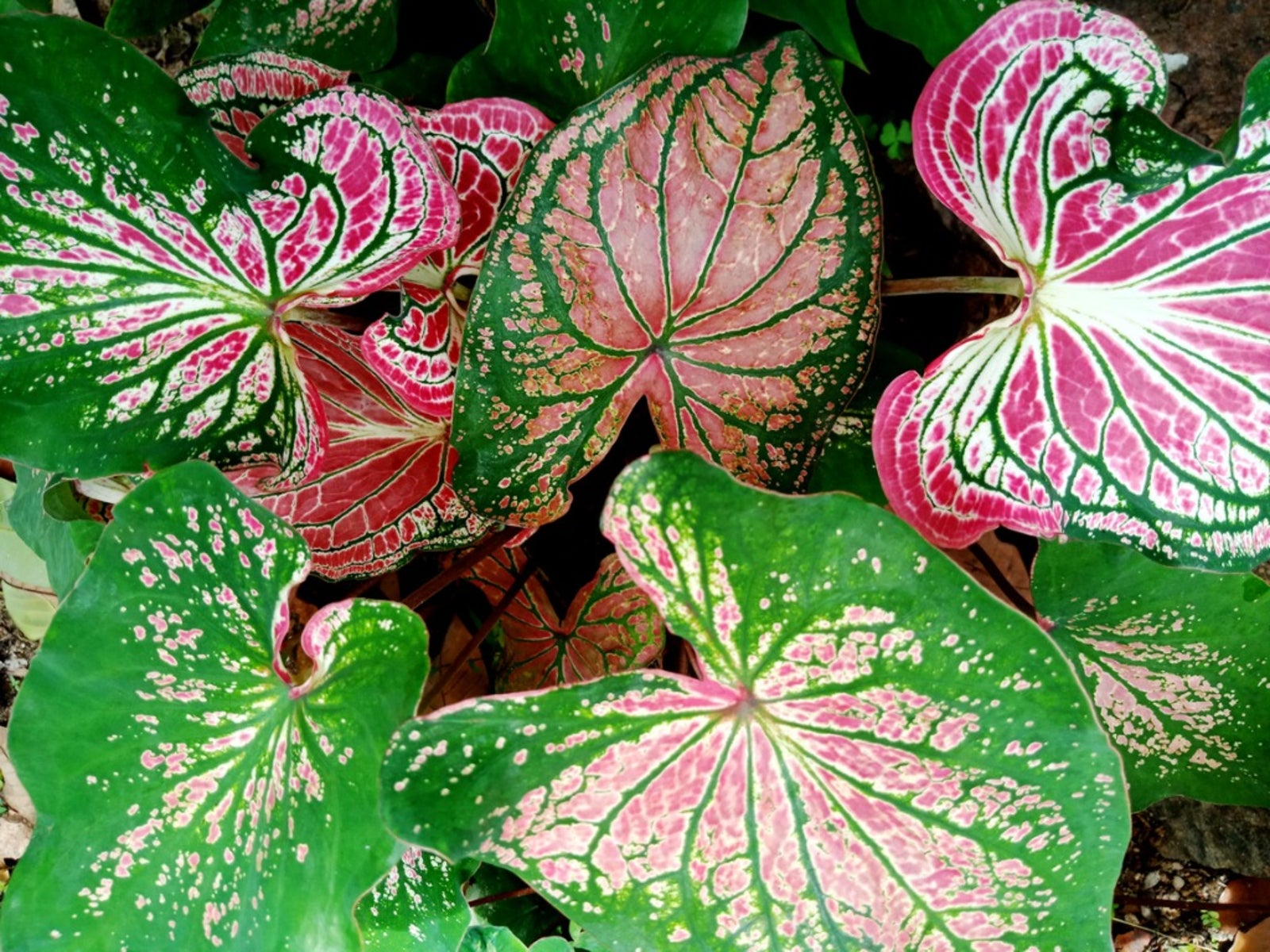 Tips For Growing Fancy Leaf Caladiums
Tips For Growing Fancy Leaf CaladiumsFancy leaf caladiums are a great addition to the often all-too-green shade garden. Before you grow fancy leaf caladiums, there are a few things you should know about them and their care. This article will help.
By Jackie Rhoades
-
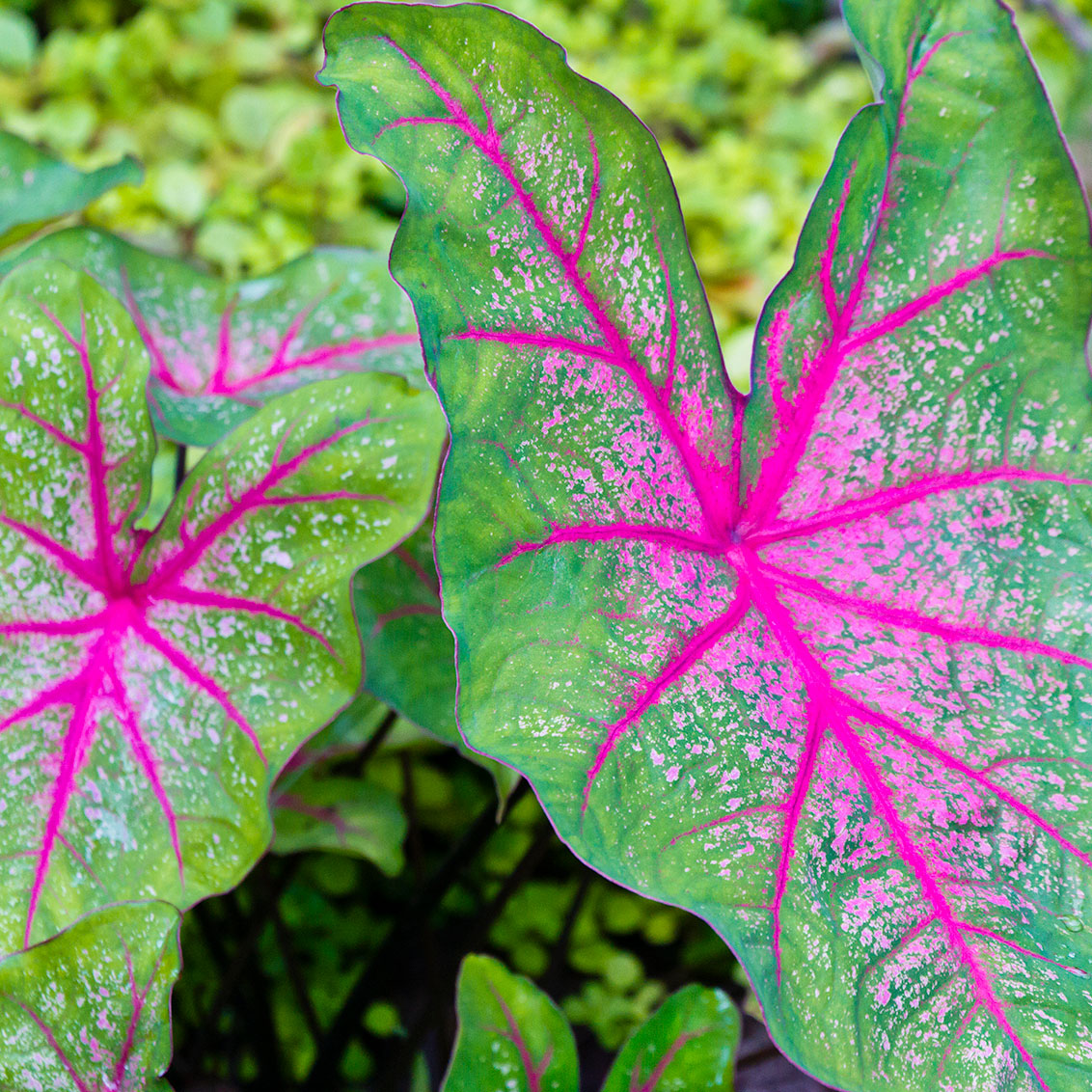 Grow Caladiums: Best Care For Elephant Ear Plants
Grow Caladiums: Best Care For Elephant Ear PlantsMulti-patterned caladiums are a firm favorite both in the garden and in indoor containers. Find out how to grow your own ‘elephant ears’ and get the most from these tropical beauties
By Tonya Barnett
-
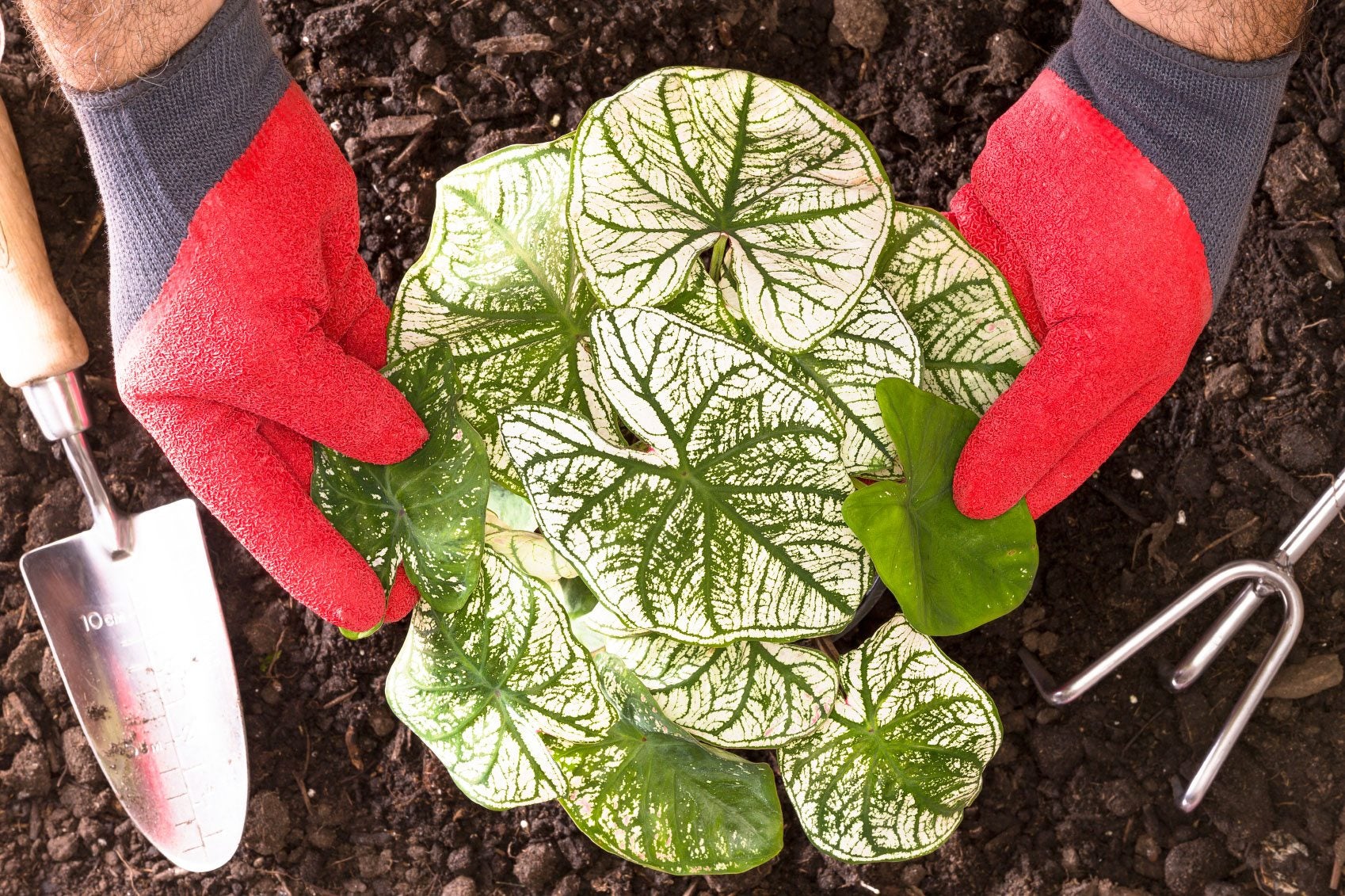 Planting Caladiums - When To Plant Caladium Bulbs
Planting Caladiums - When To Plant Caladium BulbsLast fall, you may have spent some time saving caladium bulbs from your garden and are now left with the question of when to plant caladium bulbs. The tips in this article can help with that.
By Heather Rhoades